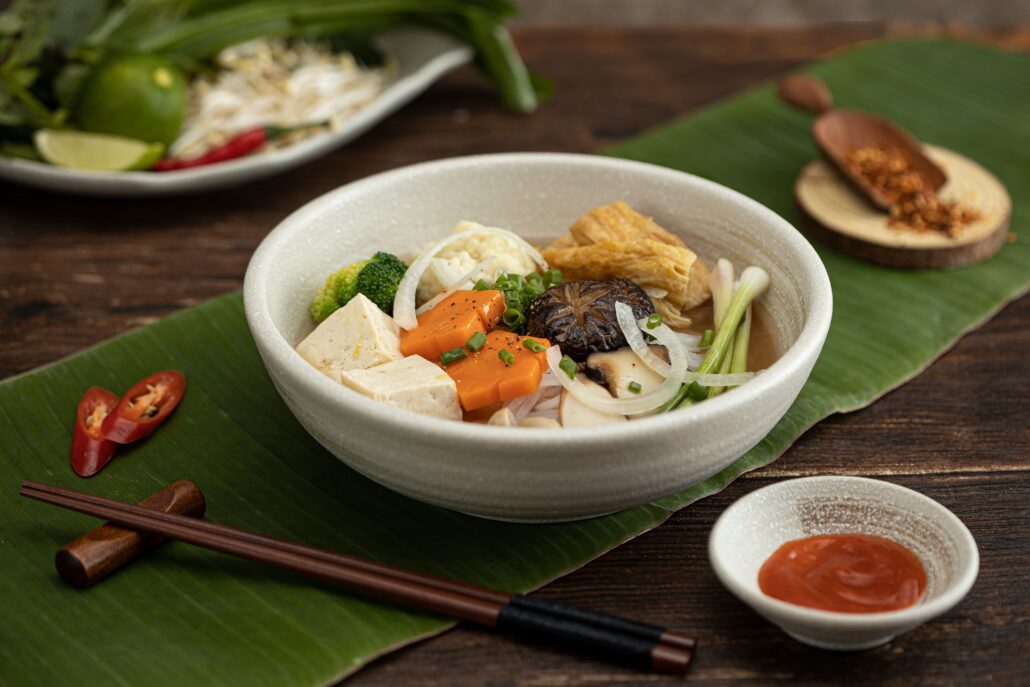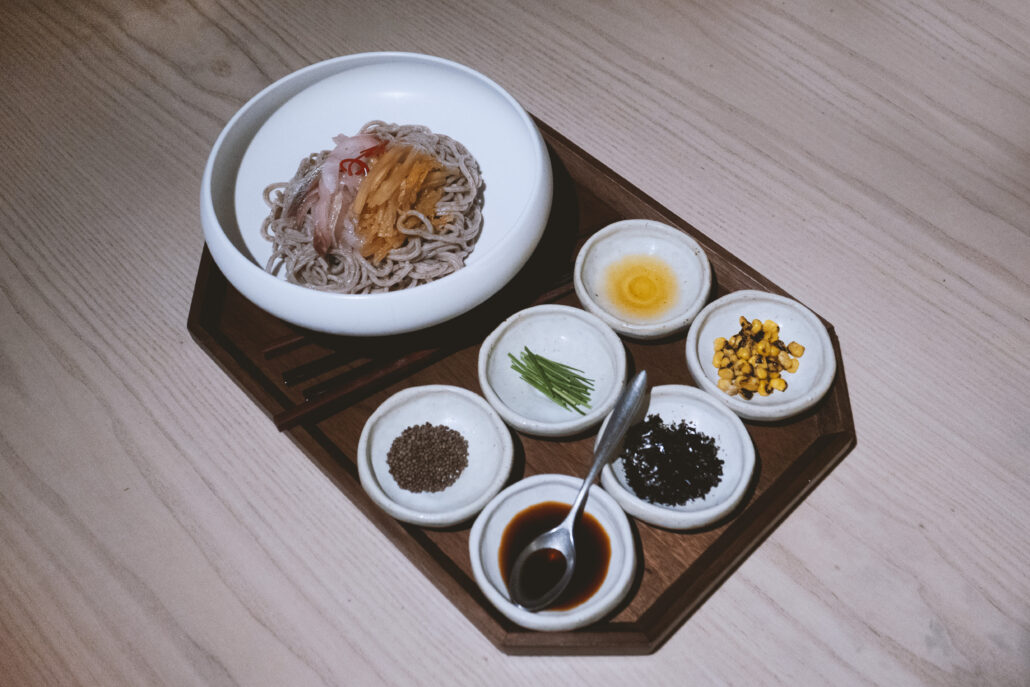Calling it wine is not entirely correct, but it is the easiest parallel we can draw to gently approach this extraordinary millennia-old drink steeped in history: sake. In fact, it is somewhere between wine and beer, since some stages of its production are closer to beer, while its use and alcohol content resemble wine more.
The culture of drinking sake has deep roots in Japanese tradition and it is undoubtedly the country’s most representative alcoholic beverage.
The key ingredient is rice, an iconic element of Japan, made simply with water, koji (Aspergillus oryzae) – a fungus used for the controlled fermentation of various foods – and yeasts. After milling and polishing, the rice is cooked, mixed with hot water and koji, and left to ferment. The koji converts the starch contained in the rice grains into sugar, which in turn is transformed into ethanol thanks to the yeasts. The result is a drink with an alcohol content of 15% to 22%, beyond which it can no longer be considered sake under Japanese law.

But where does it come from?
The history of sake is still a mystery.
Log in or subscribe.





